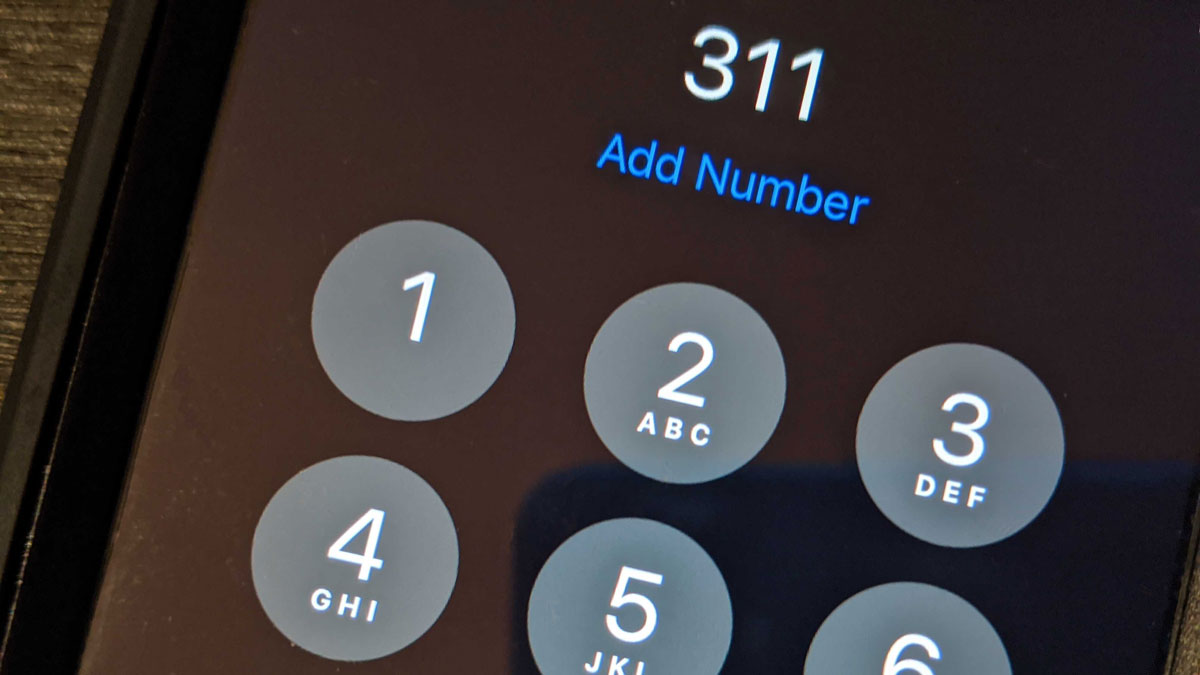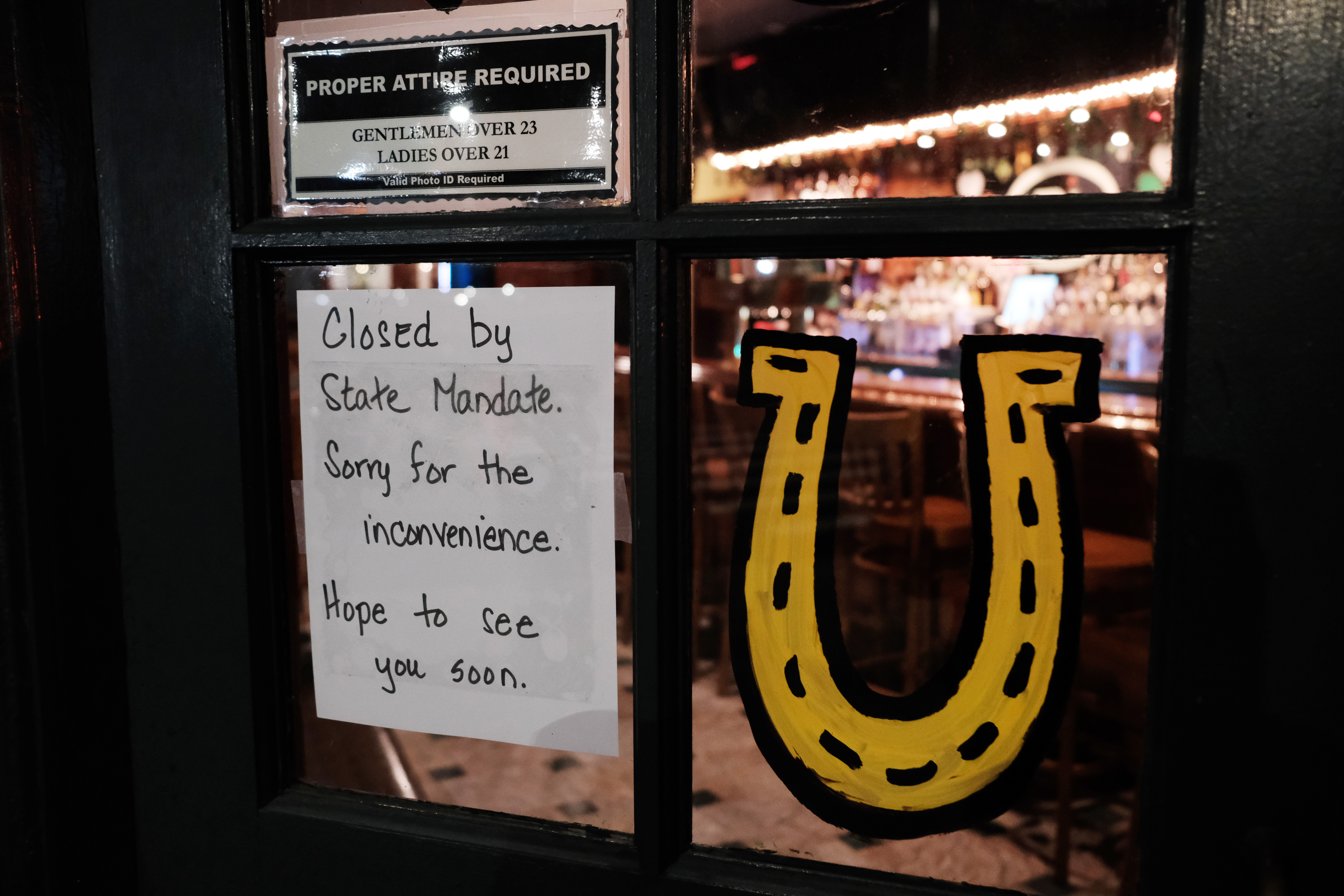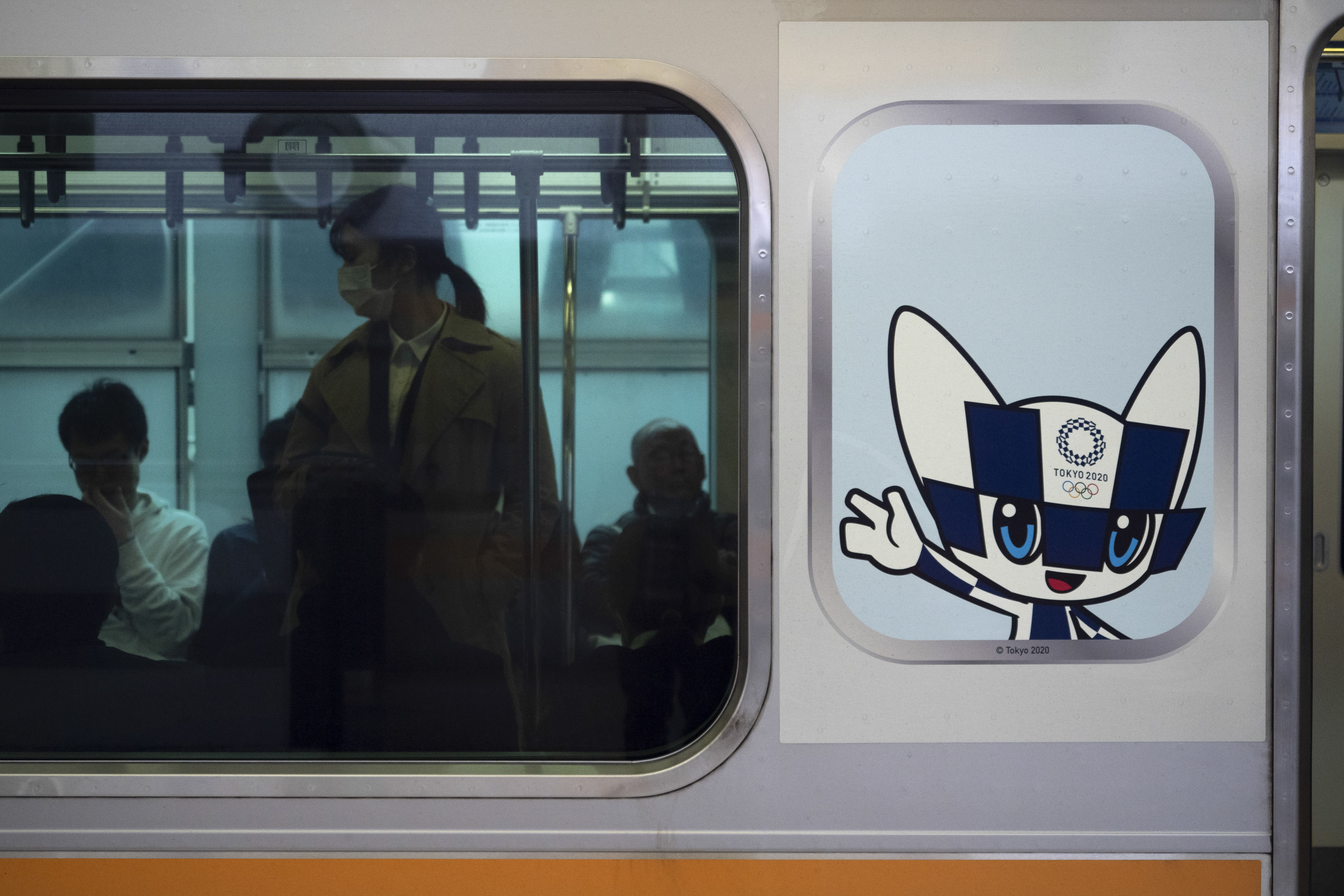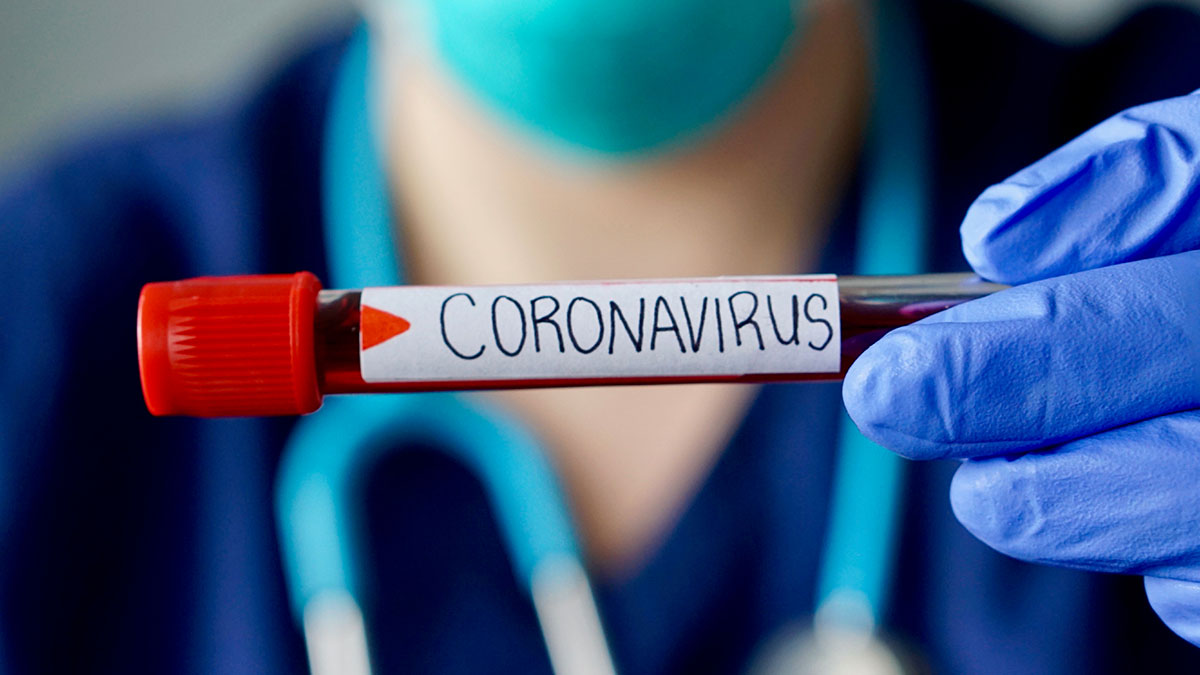What to Know
- New York, New Jersey and Connecticut are on "pause," shutting down all non-essential businesses and enacting new density control measures
- As of Tuesday, more than 30,000 people in the three states had tested positive for COVID-19; at least 327 have died. NJ Gov. Phil Murphy added to his toll Tuesday, calling it "by far our largest single-day report of new deaths;" the state now has the nation's 2nd-highest number of cases
- The federal government is funneling needed supplies into hard-hit areas like New York City, helping states mobilize the National Guard and build hospitals. Governors say they need tens of billions in capital now
Gov. Andrew Cuomo sounded his loudest alarm yet on New York's coronavirus crisis Tuesday, warning the curve was showing no signs of flattening out and was in fact rising faster and more dangerously than projected. He said last week that peak infection was 45 days out; now, he says, the state may see it in two weeks.
It looks like the wave will be bigger, and crash harder, than expected. "We have exhausted every option available to us," Cuomo said Tuesday, declaring with unprecedented urgency that New York needs help now — and far more than it has gotten to date.
"The apex is higher than we thought and the apex is sooner than we thought. That is a bad combination of facts," the governor said Tuesday. The rate of infection is doubling every three days. "We're not slowing it -- and it is accelerating on its own. We're not looking at a freight train. We're looking at a bullet train, because the numbers are going up that quickly."
New York state saw its case total hit 26,348 by Tuesday as the death toll climbed to 271. New York City has more than 15,500 cases alone, adding another more than 3,000 since Monday as its death toll surged to at least 192. The five boroughs now account for 60 percent of the state's total and about 35 percent of all cases in America.
Tracking Coronavirus in Tri-State
Cuomo initially projected the state would need 110,000 hospital beds at the peak of the crisis. Now he believes New York will need up to 140,000 hospital beds. That's more than double current capacity. The intensive care situation is worse; the state has 3,000 ICU units and may need up to 40,000, Cuomo said.
The federal government has sent supplies, including masks and gowns and another 400 ventilators that arrived in New York City this week. Mayor Bill de Blasio has said the city needs 15,000 — the state needs double that, on top of the 7,000 it already has procured. The governor's frustration boiled over Tuesday.
"What are we going to do with 400 ventilators when we need 30,000? You pick the 26,000 people who are going to die because you only sent 400 ventilators," Cuomo said.
President Trump pointed the finger right back, saying Cuomo declined to order 15,000 ventilators in 2015. He quickly shifted tone, adding, "I’m not blaming him or anything else ... but he shouldn’t be talking about us. He supposed to be buying his own ventilators … we’re going to help."
Cuomo's office responded to the president's claim, saying he "obviously didn't read the report he's citing," and that it was never recommended that the state get the ventilators. "It mere referenced that New York wouldn't be equipped with enough ventilators for a 1918 fly pandemic," Communicatoins DIrector Dani Lever said. "No one is, including Mr. Trump."
Less than an hour after Cuomo's impassioned diatribe, Vice President Mike Pence, in a Fox News interview, said he had just confirmed that FEMA sent 2,000 ventilators from the national stockpile to New York earlier Tuesday and would send another 2,000 on Wednesday. Mayor de Blasio confirmed that of the 4,000 ventilators getting sent to New York, the city would be getting half.
The ventilator situation is so dire that Cuomo said hospitals are experimenting with a technique that would enable two patients to share a ventilator; the state is working on that "as we speak."
By any measure, the numbers are astounding — and climbing. One in 1,000 people in the NYC metro area are infected with the novel coronavirus, the White House's coronavirus response coordinator, Dr. Deborah Birx, said Monday, adding that the coronavirus "had been circulating there for a number of weeks to have this level of penetrance into the general community."
She acknowledged the explosive crisis in New York, saying the area is now seeing an "attack rate" of COVID-19 five times higher than anywhere else in the nation. On Tuesday, Birx said that anyone who recently left New York City amid the outbreak should self-quarantine for 14 days after possibly having been "exposed before you left New York" due to the high number of cases.
All of the facts make it "inexplicable" that the federal government has failed to leverage the Defense Production Act, which lets it order private companies to manufacture needed supplies and equipment, to its fullest capacity, Cuomo says.
After hedging on DPA during TV appearances earlier Tuesday, FEMA Administrator Peter Gaynor said the Trump administration would formally use the DPA for the first time during the pandemic to secure tens of thousands of COVID-19 test kits.
Gaynor also said the White House planned on adding "language" to its contract for 500 million masks. On the DPA, he said, "We’re going to use it. We’re going to use it when we need it. And we’re going to use it today."
States have been begging for that lifeline, and they need help beyond kits and masks. Tri-state fatalities are surging, with New Jersey Gov. Phil Murphy announcing an increase of 17 Tuesday, "by far our largest single-day report of new deaths." More people will die, including many who could have been saved if hospitals had the fundamental resources to help them, officials say.
Coronavirus Resources
First Priority — Health Care
The economic impact of COVID-19, and its rampant spread, has been devastating on every micro and macro level. Trump said Monday he hoped to "reopen" the economy in a matter of weeks, a statement met with many raised eyebrows in New York and beyond. He doubled down a day later, saying he hoped to have the country "just raring to go" by Easter — a notion that de Blasio called "absolutely inconceivable" given the current situation.
"First order of business is save lives, period, whatever it costs. Now, I also don't believe it's an either or. I believe you can have an intelligent refined public health strategy," Cuomo said Tuesday. "You can have people go to work. You can test people and find out that they are resolved from the virus and can go back to work, you can have younger people go back to work. You can have an economic startups strategy that is consistent with the public health strategy. It's smart. It's complicated, it's sophisticated. But that's what government is supposed to do."
Cuomo appeared to get some bipartisan support on that front, with longtime Trump defender Republican Sen. Lindsey Graham tweeting his agreement.
Some areas of the state have seen a 1,000 percent increase in unemployment claims, according to the latest labor statistics. Murphy said New Jersey saw 15,000 claims in one day last week, the biggest single-day spike in Garden State history. He has launched a centralized job portal (see it here) to help people find opportunities with essential businesses like grocery stores. There are 12,000 available jobs now; according to the state's page, 88,000 people are looking for them.
Local governments are working to shore up economic defenses ahead of what they believe will only be an increasingly difficult future with each passing day. On Tuesday, Murphy announced he had ordered $900 million in discretionary budget spending for the current fiscal year to be put in reserve to help protect New Jersey's fiscal stability amid the pandemic.
In New York City, the mayor ordered every department to cut spending on any programs not related to fighting the spread of COVID-19, hoping to slash at least $1.3 billion from the city's budget. All agencies were told to do so as the city budget faces a massive shortfall with next to no revenue coming in and spending on coronavirus spiking.
The MTA, NJ Transit and Port Authority have all asked for bailouts -- $4 billion, $1.25 billion and $1.9 billion respectively. The MTA said Tuesday it was suspending some lines due to coronavirus-related staff shortages; NJ Transit has already adjusted service to match astronomical declines in ridership. Murphy has said the tri-state coalition would need a $100 billion infusion to survive.
The first priority, though, has to be saving lives, Cuomo said. He toured the Javits Center Monday, where four 250-bed fully staffed FEMA hospitals are being set up to care for non-coronavirus patients. They're expected to be operational in a week to 10 days. The governor is also creating a 1,000-bed facility within Javits Center to provide lighter care, also to non-virus patients.
Ultimately, the Manhattan convention center could hold up to 2,000 -- and a 1,000-bed U.S. Navy hospital ship should arrive in NYC next month, again to help shoulder the non-viral patient load. All of these efforts should ease the overwhelming burden on hospitals, which Cuomo has already ordered to up their current capacity by 50 percent at minimum. He'd like to see 100 percent.
"Emergency hospitals we are building will be helpful but will be nowhere near the amount that we need," Cuomo said Tuesday. "I am speaking to hotel owners about using their rooms and I will turn the state upside down to get more hospital beds."
New Jersey has been doing the same. The state said Tuesday that four field hospitals would be set up, including at the Meadowlands sports complex and convention centers in Edison and Atlantic City. Logistics on the fourth location are being finalized.
The medical profession is stretched beyond thin. Doctors and nurses can't work around the clock. Cuomo says a legion of retirees have already stepped up to help the state in this desperate time of need; he asked for more to answer the call.
Grave Reality, Growing Desperation
The majority of cases in New York City (80%) are impacting people age 18 to 64, according to the city's data. Twenty-three percent of statewide cases to date have required hospitalization, though that number has vacillated on a daily basis.
"We're exercising all options we're doing everything we can, on every level. To 'slow the spread, flatten the curve,' we've closed businesses. We've reduced street density," Cuomo said Tuesday. "And we have increased testing to the highest per capita level on the globe. No one is testing more than we are testing."
New Jersey and Connecticut have seen their case totals rise, now at 3,675 and 618, respectively, along with their death tolls (44 in NJ, 12 in CT to date). Murphy added 846 new cases overnight and 17 deaths, the highest one-day fatality increase his state has seen since the pandemic struck America.
As of Tuesday, New Jersey had more COVID-19 cases than any other state in the nation besides New York. Regionally, tri-state cases have surpassed 30,000; at least 327 people have died.
Murphy said Tuesday that federal supply aid was incoming for New Jersey: more than 200,000 N95 masks, over 84,000 respirators and other gear from the national stockpile. Connecticut Gov. Ned Lamont was expected to hold a briefing later in the day.
Coronavirus Latest
All three states are scrambling to develop their own mobile testing centers and drive-thru stations. But there have been bumps, as the number of people desperate to get tested flood the capacity of the new facilities. New Jersey's largest testing center in Paramus has had to shut down within minutes of opening each day because it hits capacity; newly opened stations face similar plights.
Increased testing begets more positives by default and all local leaders have stressed their states will continue to see the number of cases rise. The idea is to develop an infrastructure that can handle it — and that takes federal power, the say.
The U.S. Senate failed twice in 48 hours to advance a $1.4 trillion economic rescue package; Democrats blasted it for favoring corporations too heavily over desperate states and citizens. Minority Leader Sen. Chuck Schumer, the New York Democrat, said a deal was expected to be reached soon.
The three tri-state governors have already taken unprecedented joint action to help slow the pandemic. New Jersey followed New York's lead on the stay-at-home order, and Connecticut enacted its version Monday night.
Governors are working to accelerate action on the drug front as well. New York launched a clinical trial for an experimental treatment Tuesday and plans to be the nation's first state to try to heal critically ill patients using recovered people's plasma — a process called convalescent plasma that was used during the flu epidemic of 1918. Right now, everything is on the table.
Where Do We Go From Here?
The depths of the outbreak — and its impact — are incomprehensible at this point but most definitely catastrophic: Billions upon billions of dollars have been lost and more will be lost; many have died, far more have been sickened. The grim totals will rise — and it may be months before we see the curve flatten out.
The World Health Organization declared the novel coronavirus a pandemic, the first coronavirus to ever earn the dubious distinction. It's novel — that means it's new and no one has immunity to it.
Nationally, NBC News estimates more than 53,000 have been infected with the novel coronavirus and at least 755 people have died. The numbers are far more stark globally. WHO offered a somber outlook in a recent situation paper: It took three months to get to the first 100,000 cases. It took 12 days to get to the next 100,000, and just five days to get the next 100,000 after that.







